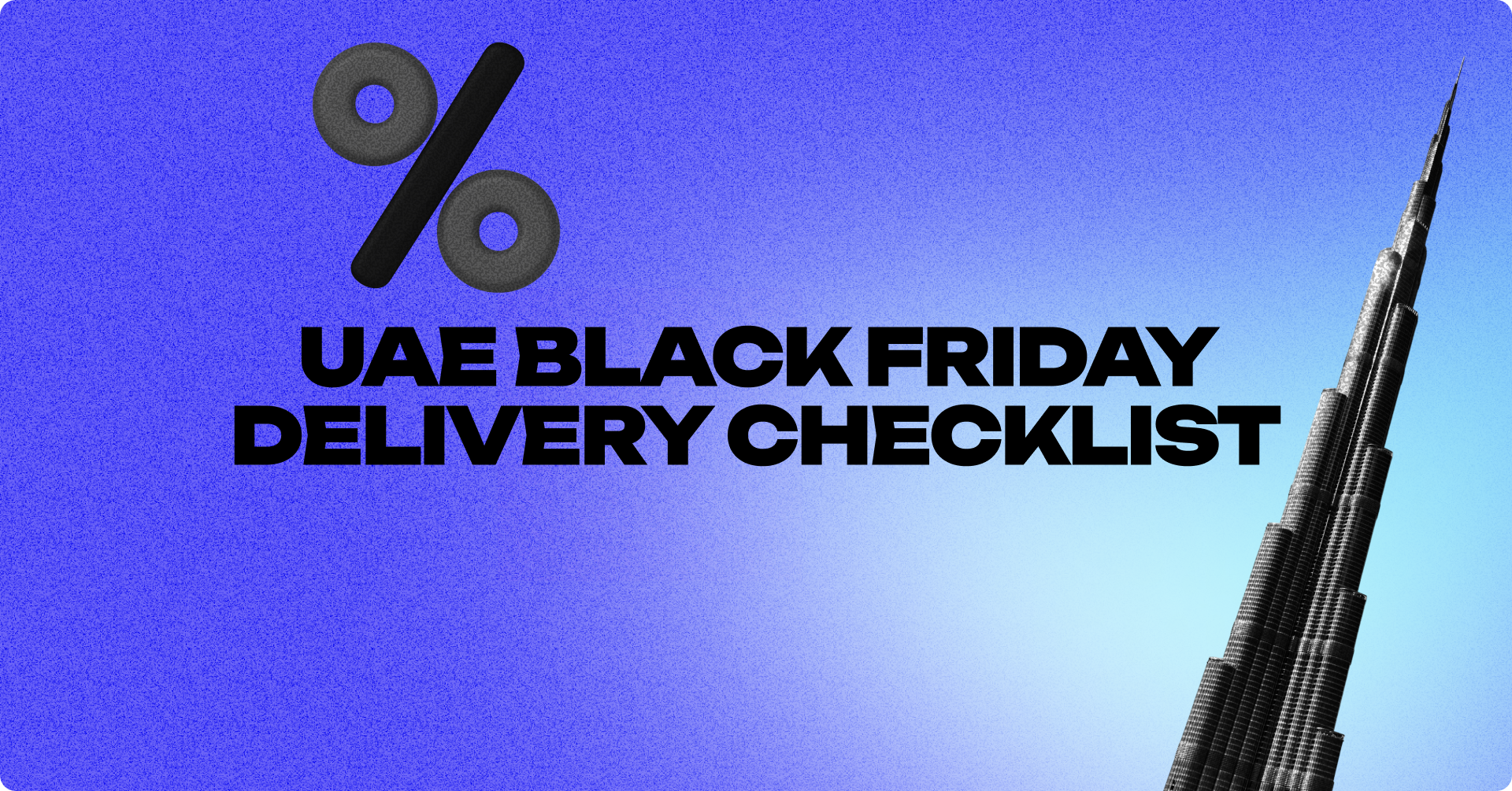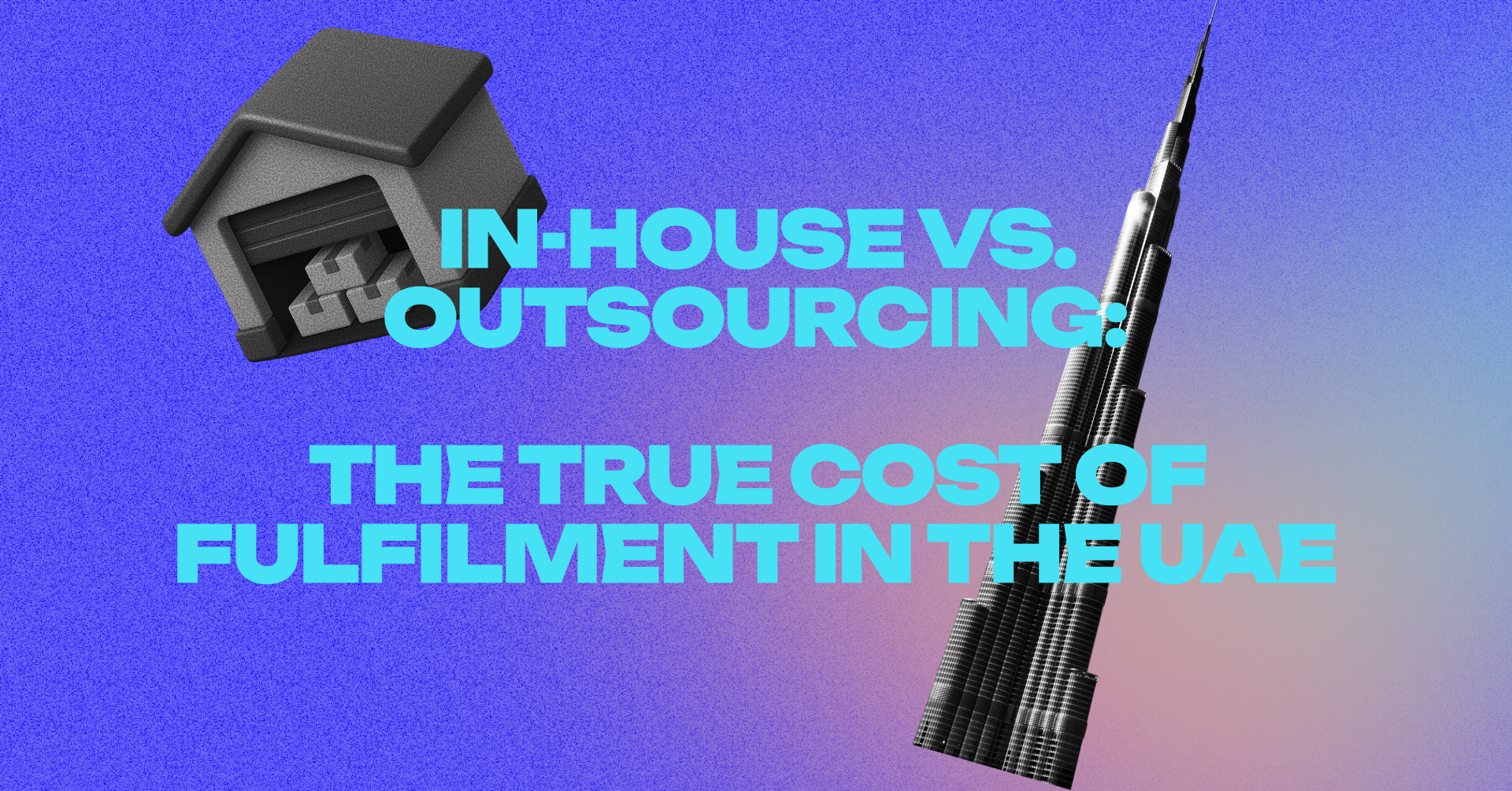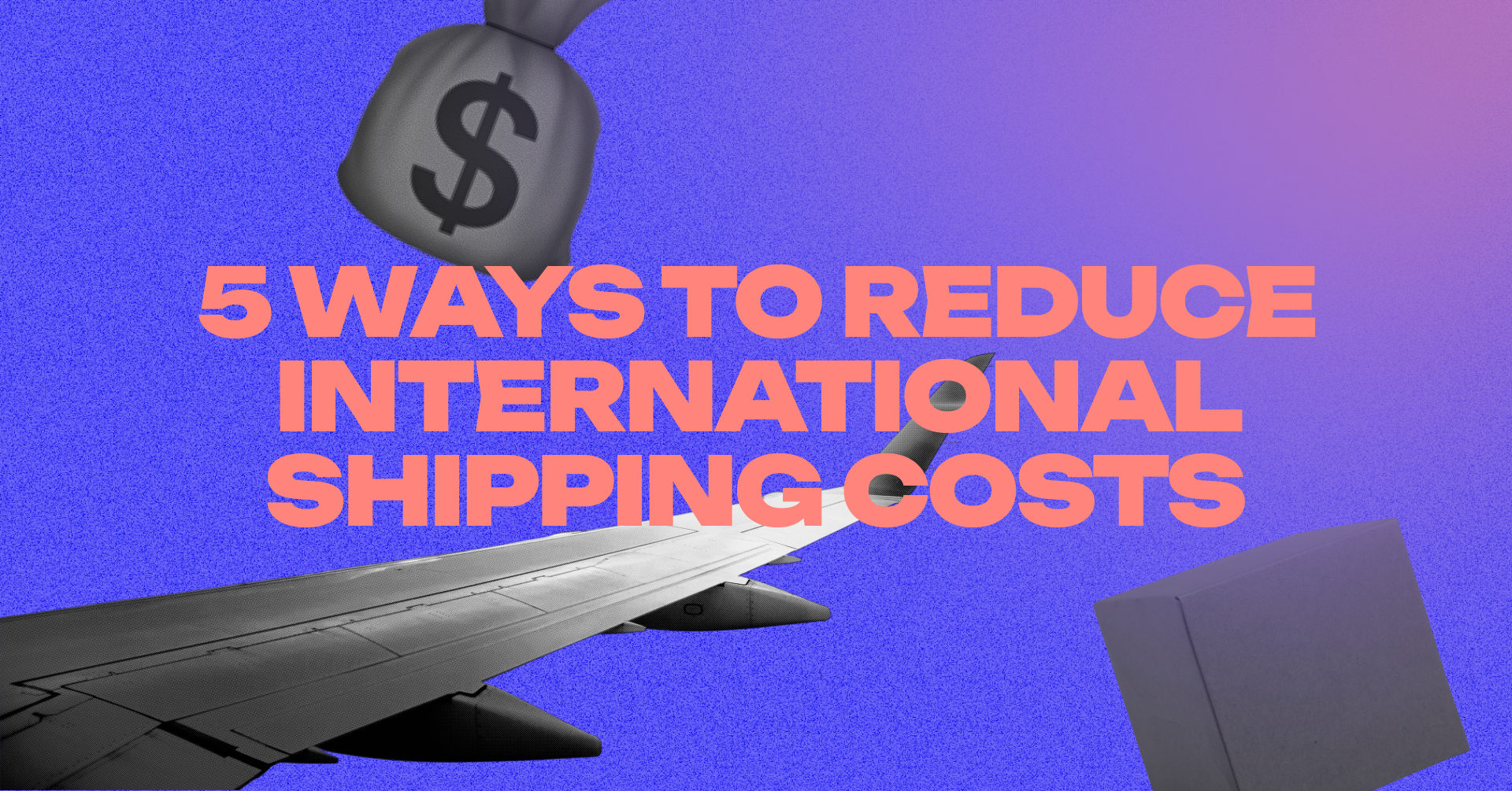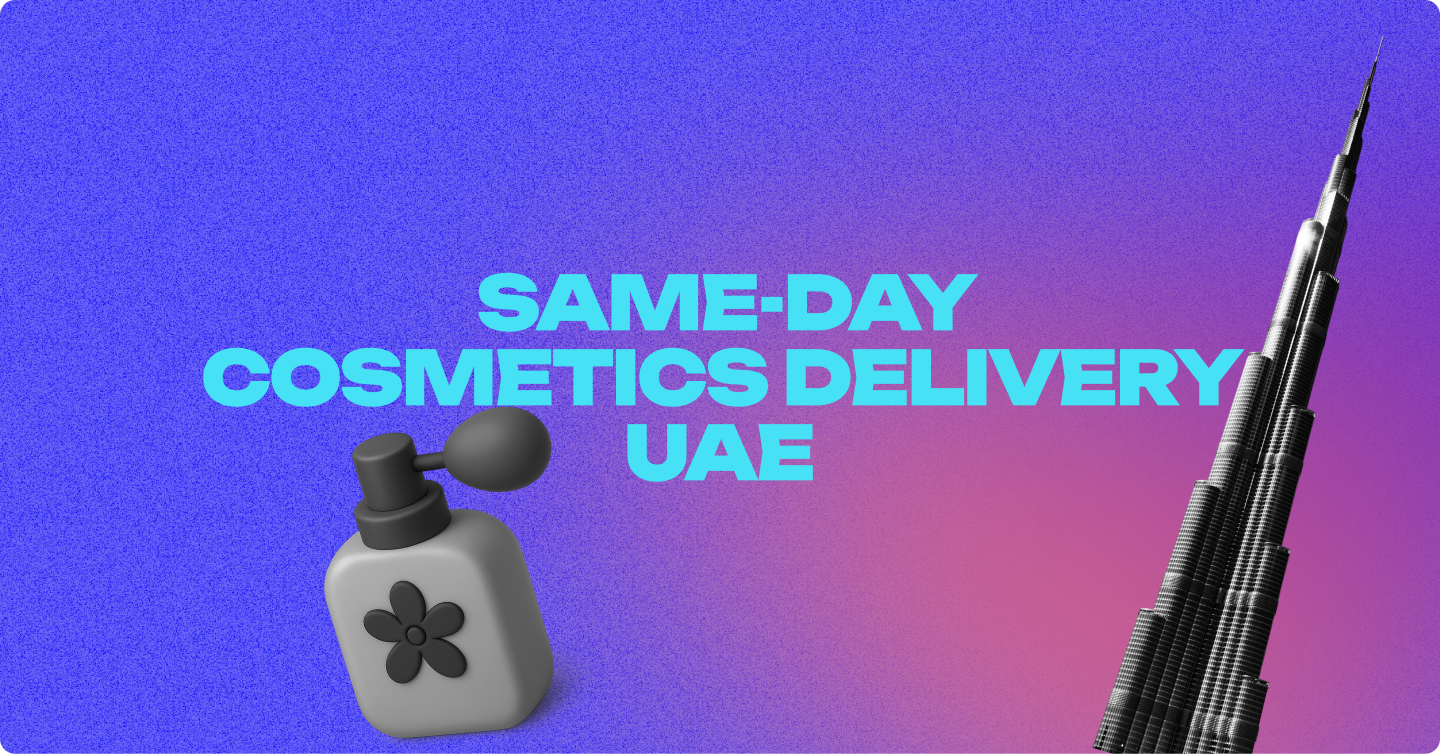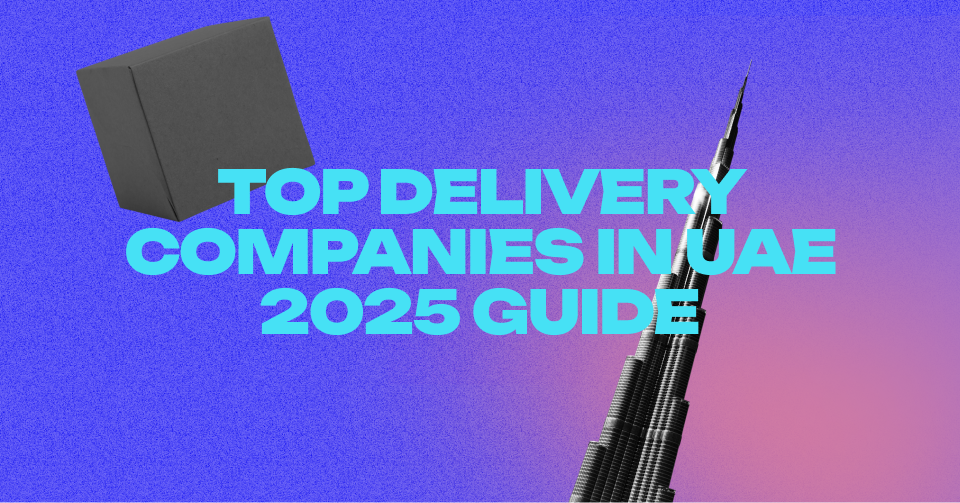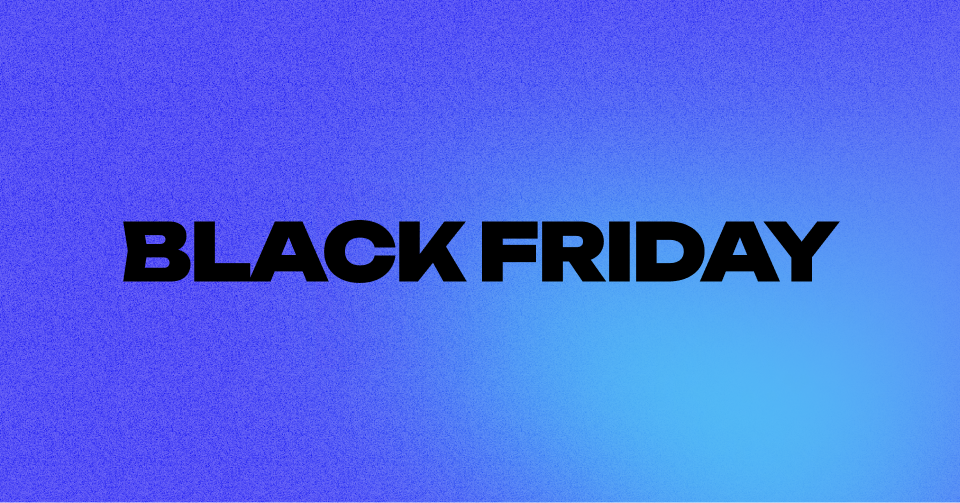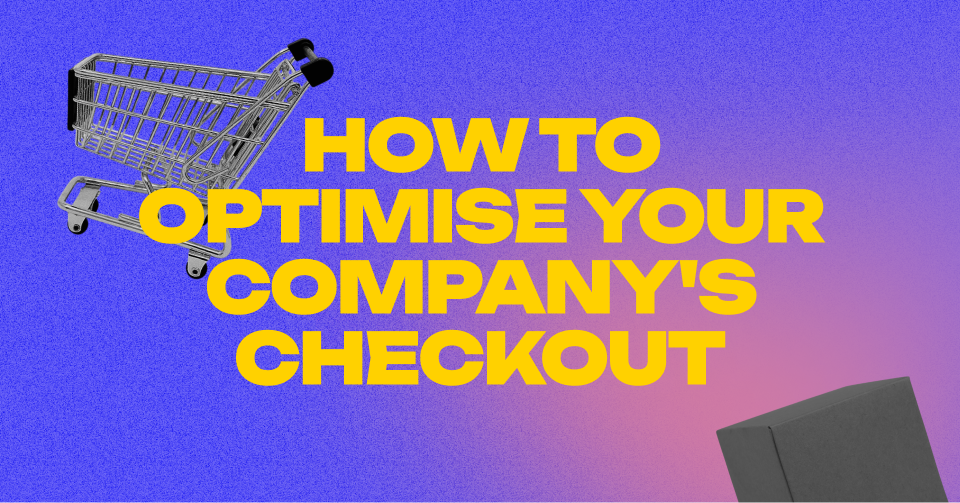
The Cost Behind the Style
A dress ordered at 11 PM in Dubai, delivered before lunch the next day, exchanged two days later, and refunded by the end of the week.
For the shopper, it’s a seamless experience.
For the retailer, it’s four courier trips, two packaging rounds, one refund, and a profit margin that just vanished.
The UAE’s fashion e-commerce market is one of the most competitive in the world. Shoppers expect the convenience of same-day delivery, flexible payment options, and easy returns - all wrapped in sleek packaging that reinforces brand image.
But behind that frictionless customer experience lies a complex cost structure that few brands fully quantify. Delivery costs often account for 20–25% of the total order value, and returns can easily double that. In a market where every click is fought for, understanding how delivery economics actually work is no longer optional — it’s survival.
The Anatomy of a Delivery Dirham
For a typical AED 250 online fashion order, delivery costs might seem straightforward — until you trace where each dirham goes.
- AED 12–18 covers last-mile delivery within Dubai or Abu Dhabi.
- AED 4–6 goes toward packaging, labeling, and fulfillment labor.
- AED 3–5 supports the systems — inventory management, payment reconciliation, and tracking updates.
- And if the item is returned, another AED 15–25 leaves your balance sheet for pickup, inspection, and restocking.
Light parcels might suggest lower costs, but in practice, the per-order handling time is almost the same as for heavier items. Fashion orders are touch-heavy: folded, wrapped, and inspected manually. Every SKU has a size, a variant, and a style code - each one a new chance for human error.
Add marketing spend and payment gateway fees, and what looked like a healthy margin quickly becomes a tightrope.
The UAE Delivery Equation
What makes fashion delivery in the UAE uniquely challenging isn’t just cost — it’s geography, culture, and customer behavior.
Multi-emirate reach means delivery zones vary widely. Within Dubai, a courier can complete 12–15 drops per route; between emirates, that number drops by half. A delivery from Dubai South to Al Ain may cost nearly 40% more than an intra-city trip.
Cash on delivery (COD) still dominates a large share of orders — 45% to 55% for some brands. Each COD delivery introduces a delay: the courier collects cash, the provider reconciles it, and the retailer receives the balance days later. It’s a service expectation that comes with friction.
Then there’s customer psychology. In a high-service market, speed and flexibility are treated as basic rights. Many customers will abandon their cart if same-day delivery isn’t available in Dubai, or if the returns process feels inconvenient.
That pressure shapes how retailers price, package, and staff their operations. For growing fashion brands, the challenge is no longer “how fast can we deliver?” — it’s “how can we deliver fast and still make money?”
The Hidden Cost of Returns
No factor distorts fashion delivery economics more than returns.
While electronics or cosmetics average return rates under 10%, fashion ranges between 25% and 40%. And each return reverses the logistics process you already paid for — but with added complexity.
A typical return costs more than an outbound delivery because it involves:
- A pickup from a customer’s location (not always prepared or available).
- A manual quality check at the warehouse.
- Repackaging, relabeling, and restocking.
- Potential markdowns if the product is no longer “new.”
In other words, returns are not a side process - they are a mirror logistics operation.
For brands offering “free returns,” these costs quickly become invisible margin killers. A 30% return rate on 1,000 monthly orders means 300 pickups, 300 inspections, and 300 chances for lost packaging, tags, or time.
Worse, many returns are avoidable. Wrong sizes, unclear product photography, or inconsistent descriptions drive most of them. Data-driven brands in the UAE now track return reasons by SKU — using analytics to flag items that consistently come back and adjusting product pages or size charts accordingly.
What Efficient Fashion Brands Are Doing Differently
The UAE’s most efficient fashion retailers aren’t necessarily spending less - they’re spending smarter.
Here’s what sets them apart:
Localized fulfillment hubs
Instead of shipping every order from a central warehouse, they store bestsellers closer to where buyers live - for example, using smaller hubs in Dubai South and Khalifa Industrial Zone. This reduces both transit time and failed deliveries. Check how to select the right fulfilment provider in our guide: In-House vs Outsourced Fulfilment.
Tiered delivery options
They stop treating delivery as a one-size-fits-all feature. Customers can choose between same-day (premium), next-day (standard), and economy (free over AED 250). Transparency builds trust - and profitability.
Data-led return prevention
Some retailers now use WhatsApp or AI chat assistants to help shoppers confirm size or style before checkout. A 10% drop in returns can have the same impact on profitability as a 15% increase in sales.
Smarter packaging
Instead of branded boxes and tissue for every order, some switch to recyclable mailers with built-in return labels. Lighter, faster, and cheaper - without compromising presentation.
Courier diversification
Leading brands don’t rely on one courier partner. They blend networks - fast local players for same-day Dubai routes, national networks for next-day to Sharjah or Ajman.
This mix allows agility when demand spikes and capacity tightens.
Where the Margins Go (and How to Protect Them)
Let’s take a simplified example.
A brand sells a AED 250 dress with a 55% gross margin.
That’s AED 137.5 gross profit before logistics.
Now subtract:
- AED 18 for delivery
- AED 6 for packaging & labor
- AED 5 for systems and COD handling
- Average AED 8 return cost (based on 30% rate)
Your margin drops from AED 137.5 to AED 100.5, or 40% of revenue — before marketing spend.
Introduce a 20% sale promotion, and you’re barely breaking even.
The numbers reveal an uncomfortable truth:
For many UAE fashion retailers, the road to profitability isn’t about selling more — it’s about delivering smarter per order.
To protect margins:
- Use data to anticipate where orders come from and pre-position inventory.
- Encourage digital payments to reduce COD overhead.
- Design return policies that maintain customer trust but discourage misuse.
Small structural changes in delivery setup can yield larger impact than chasing lower courier rates.
The Next Wave: Predictive and Sustainable Delivery
As UAE e-commerce matures, logistics innovation is shifting from speed to intelligence.
Predictive fulfillment — where top-selling SKUs are pre-positioned in micro-warehouses close to residential clusters — is reducing same-day delivery costs dramatically.
Instead of one big fulfillment center, brands operate distributed “dark stores” optimized for last-mile speed.
Sustainable delivery is also gaining traction. Electric vans, cargo bikes, and consolidated neighborhood deliveries are not only greener — they’re cheaper to operate per kilometer when density is high.
These shifts reflect a broader realization:
Efficiency and sustainability often go hand in hand — fewer kilometers, fewer touchpoints, fewer returns.
Closing Insight
In a market built on instant gratification, the real competitive advantage isn’t just speed - it’s control.
Control over where you store, how you deliver, and when you collect.
The most successful UAE fashion brands are treating logistics as an extension of customer experience, not a back-office expense.
They’re learning that profitability isn’t in the price tag — it’s in the process that brings that item to the doorstep (and sometimes, back again).
Every kilometer, every return, every dirham counts.
Looking to benchmark your delivery costs or streamline fulfillment for fashion orders in the UAE?
Talk to a logistics expert today to understand how your delivery model compares — and where savings are hiding in plain sight.
.png)



